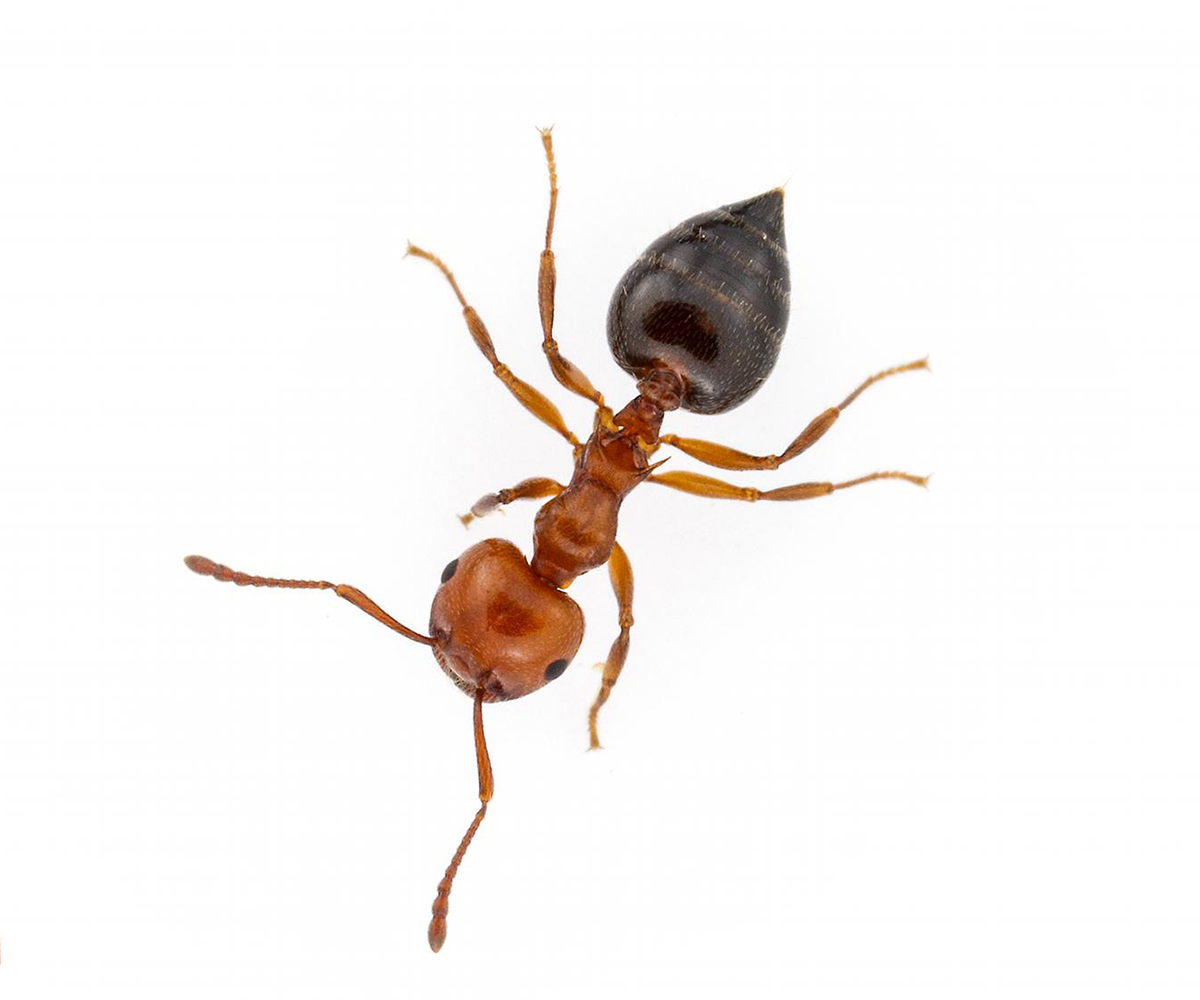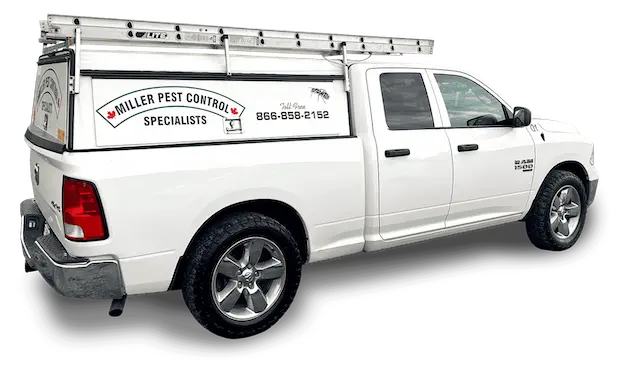Acrobat Ants

Pest Control: How to Get Rid of Acrobat Ants
A full interior and exterior treatment consists of a visual inspection of “hot spot” areas, treatment of cracks and crevices, wall voids, attics, crawl spaces, window and door frames, baseboards, electrical outlets, pipe chases, decking, tree bases and stumps, and perimeter of the structure. Suggestions will also be made for control measures such as removing overhanging tree limbs, dead tree stumps, sealing gaps and cracks, etc. Treatment can either be a combination of chemical/residual/ULV or bait and dust. Both are equally effective, but bait and dust generally are a little slower to take effect, and require a minimum of 4 visits, 2 weeks apart from our technicians.
The treatment is fully warrantied for the season, therefore, if after 2 weeks following treatment there are still signs of ant activity, we will return to repeat the procedure to specific areas or all areas, if necessary.
We recommend all occupants, including pets, vacate the premises for a minimum of 4 hours. Children under 1 year and pregnant women, we recommend 24 hours.
Each year after the initial treatment, Miller Pest Control highly recommends having an exterior preventive treatment. This treatment will help reduce the risk of re-infestation on the interior of the structure and re-guarantees the original interior work.
How to Identify an Acrobat Ant Infestation
- Acrobat ants get their name from their habit of raising their abdomen above their head acrobatically, especially when they are disturbed
- They are light brown to black in colour and when viewed from above, their abdomen is heart-shaped
- Acrobat ants are small; most species are less than 5.4 mm long
- Many give off an unpleasant scent when disturbed
- Outside, they are commonly found under rocks, logs and in firewood. Inside, they are found in wall and floor voids, foam insulation and other areas commonly associated with carpenter ants
- The most visible sign of acrobat ants are the trails of ants as they forage for resources
- Another sign is the debris they deposit as they excavate their nests
How to Prevent an Acrobat Ant Infestation
- Keep your house clean, especially the kitchen, as ants are attracted to food sources
- Check attic vents and repair any damaged screens
- Move firewood piles away from the home and remove dead tree stumps
- Caulk around windows and eliminate any wood on soil contact around the home
Possible Health Concerns
- For some people, bites may swell and become inflamed. Bite marks can take between three and eight days to disappear
- Ants can sometimes carry harmful bacteria, which could potentially contaminate your food
About Acrobat Ants
- Ants have colonized almost every landmass on Earth. The only places lacking indigenous ants are Antarctica and a few remote or inhospitable islands
- Ants can lift and carry more than three times their own weight
- A queen or queens head the ant colonies. Their function in life is to lay thousands of eggs that will ensure the survival of the colony

